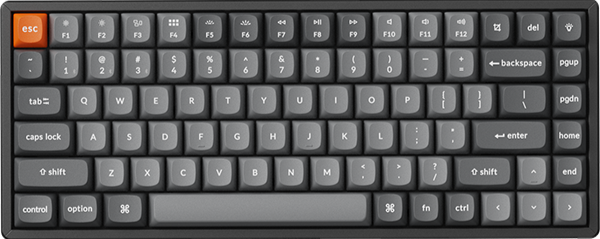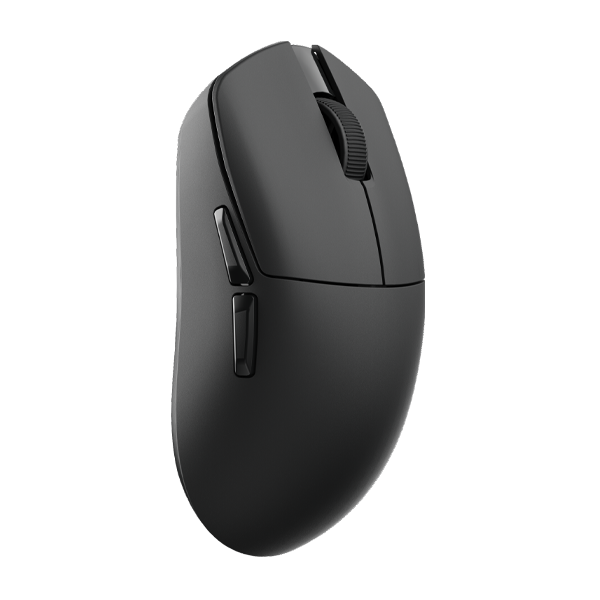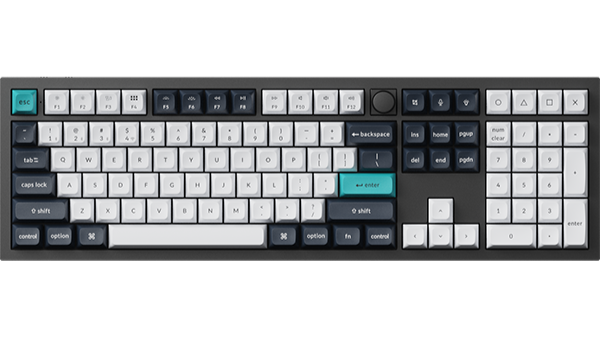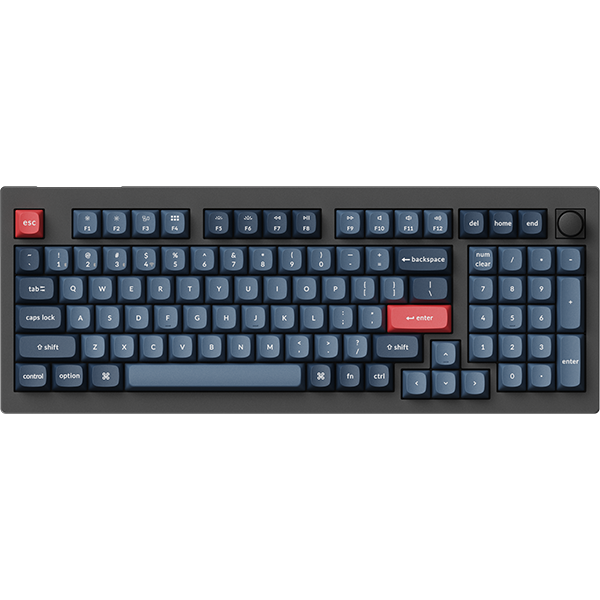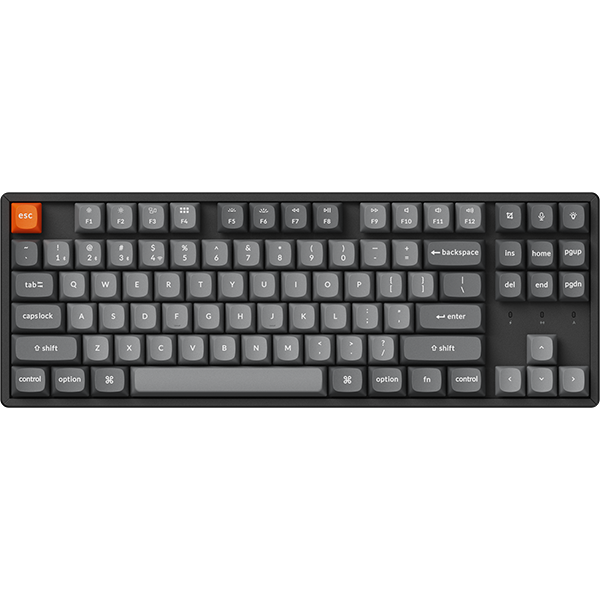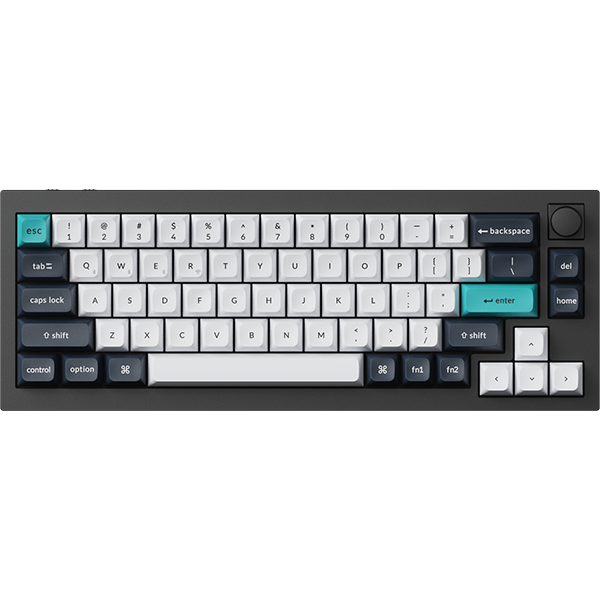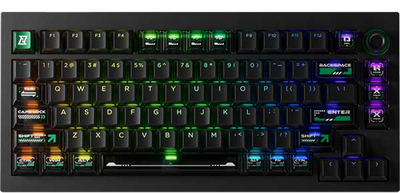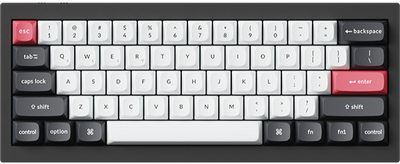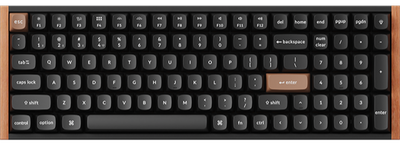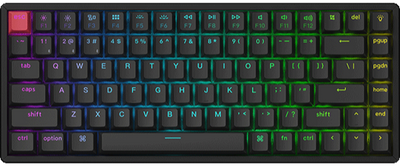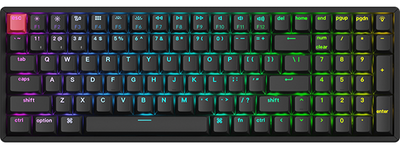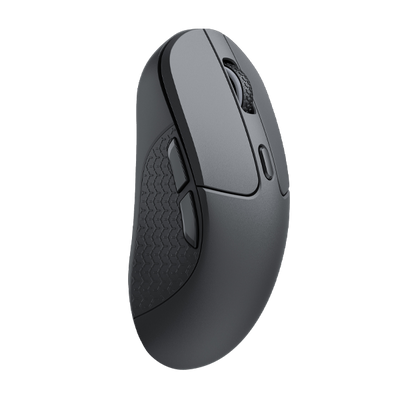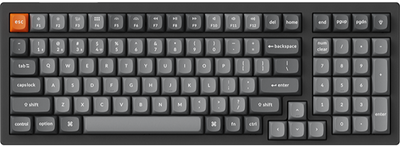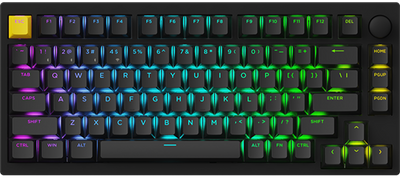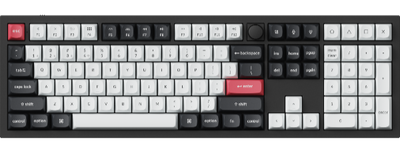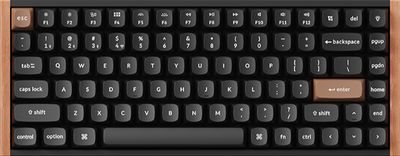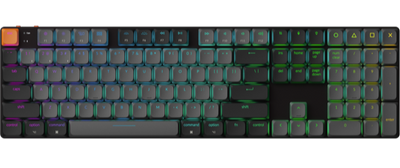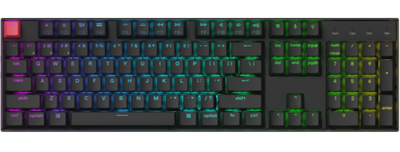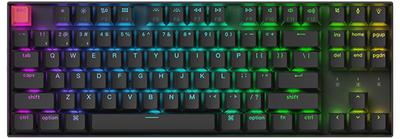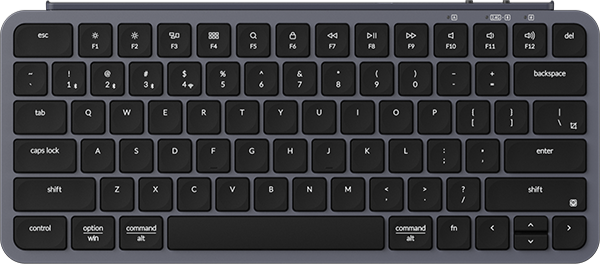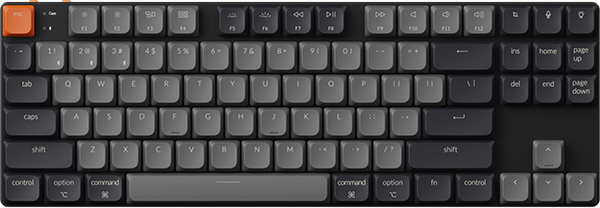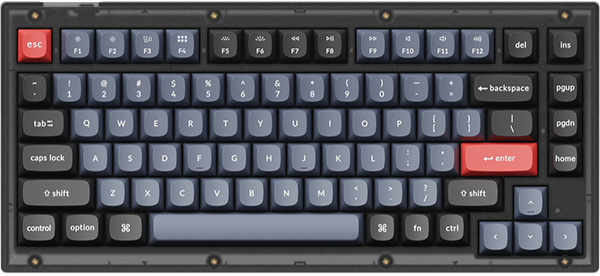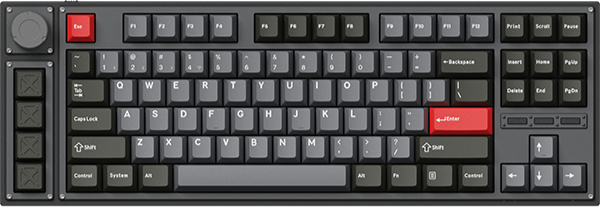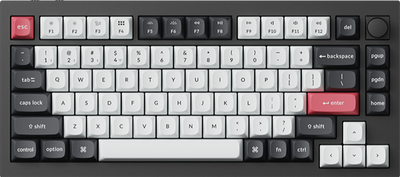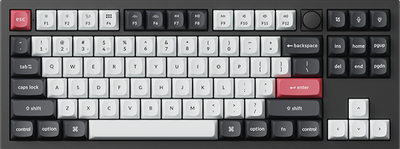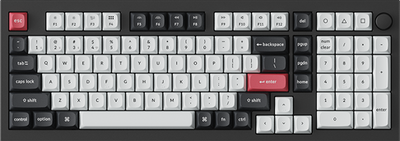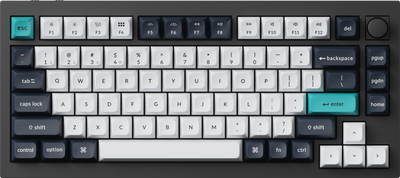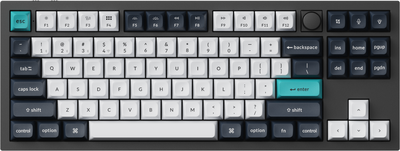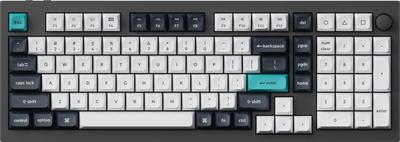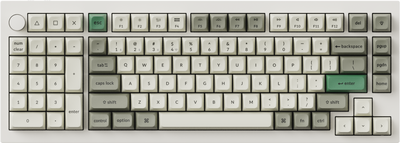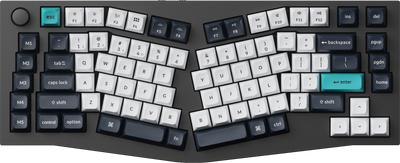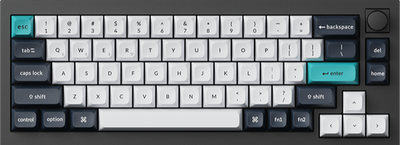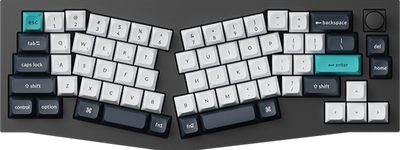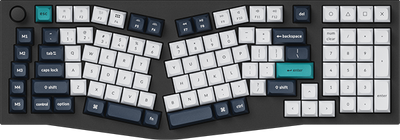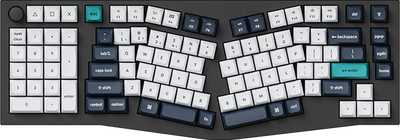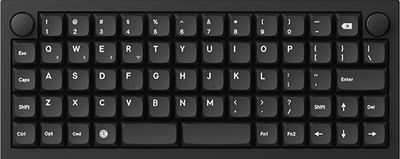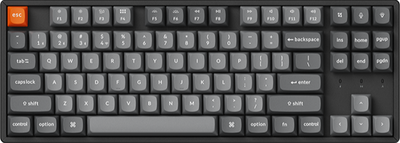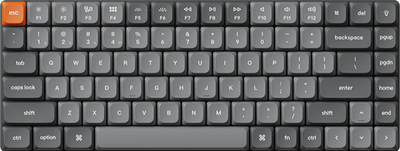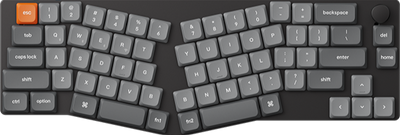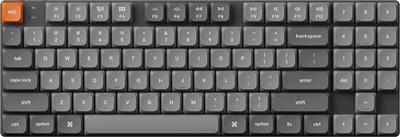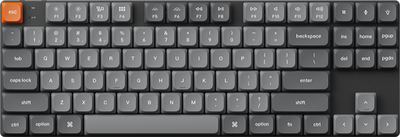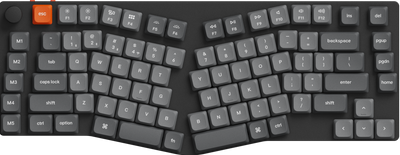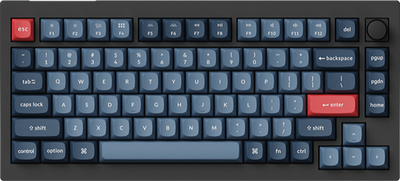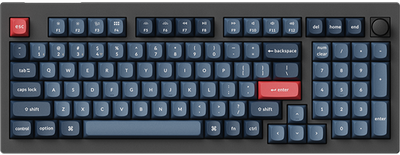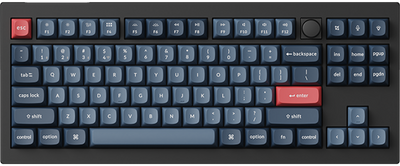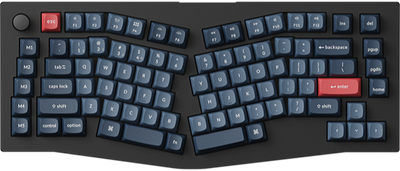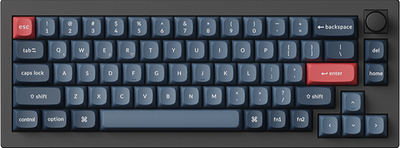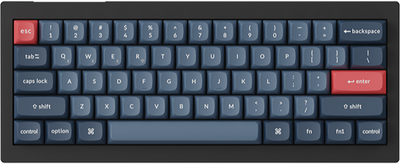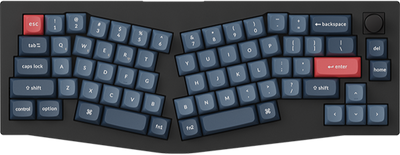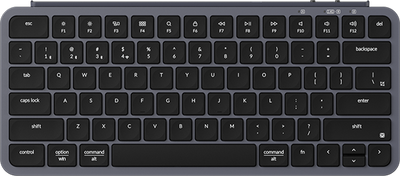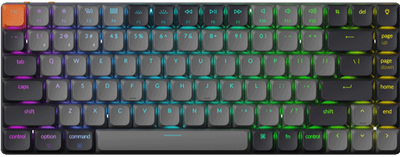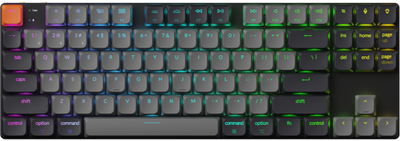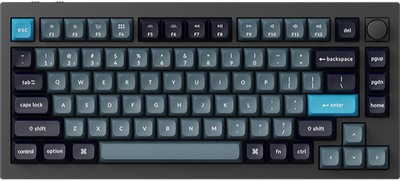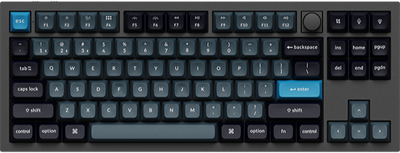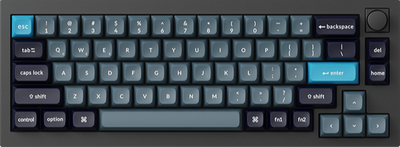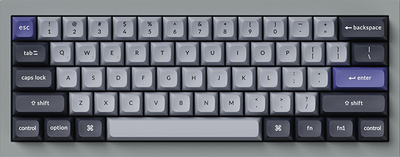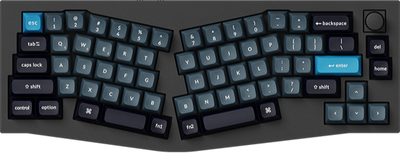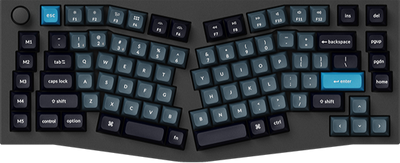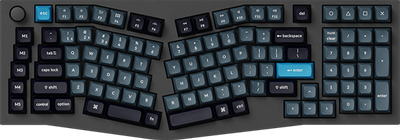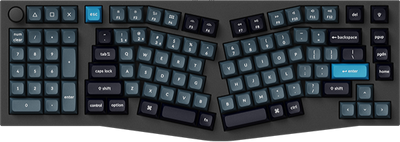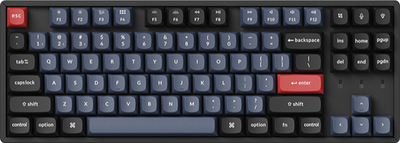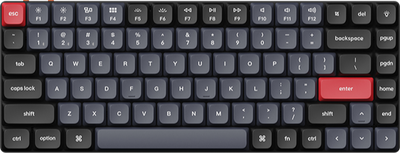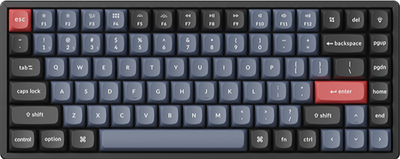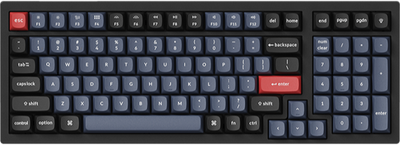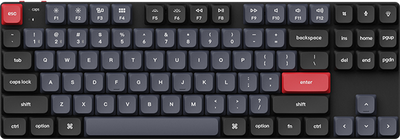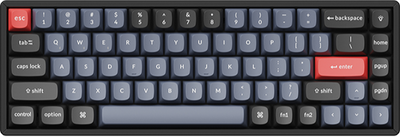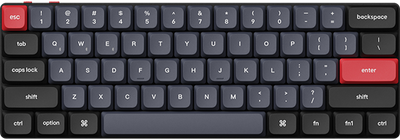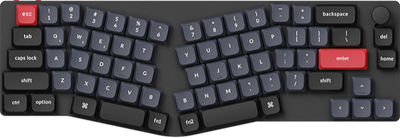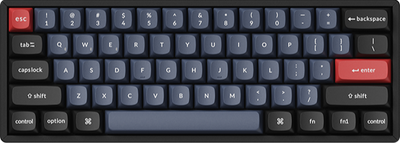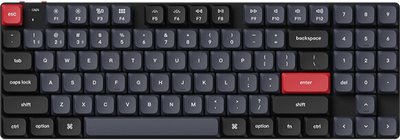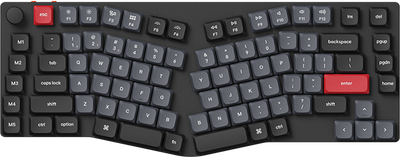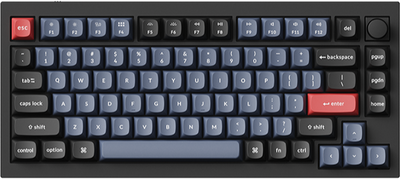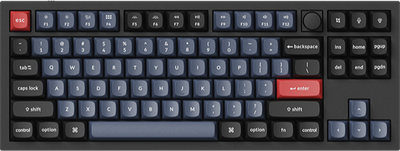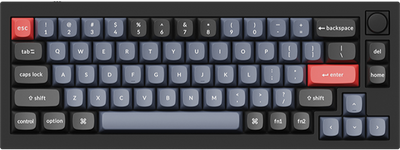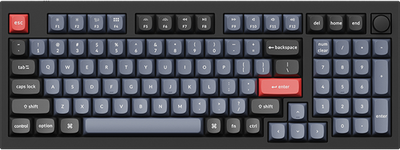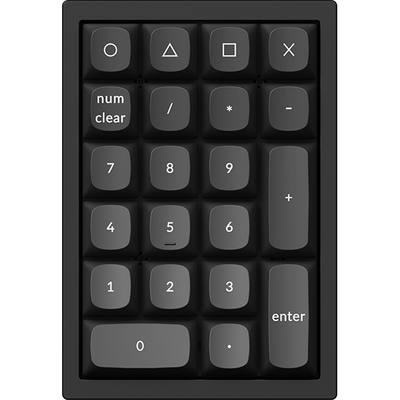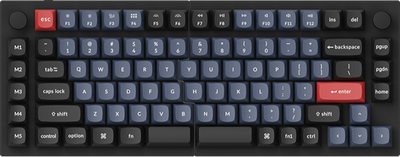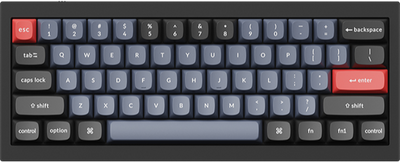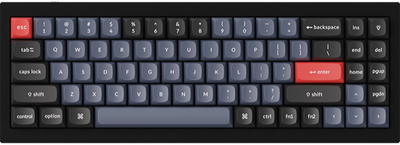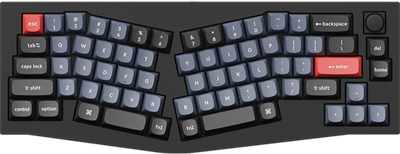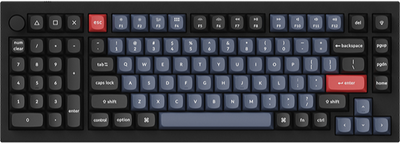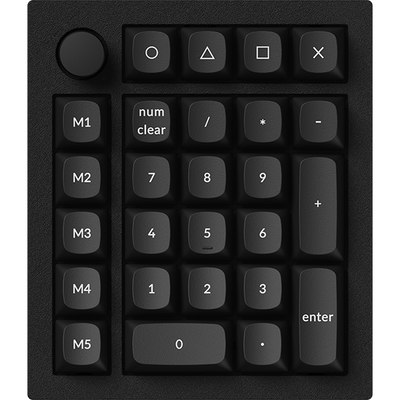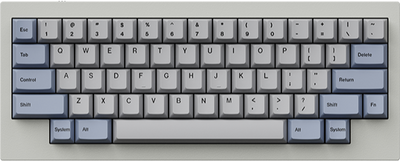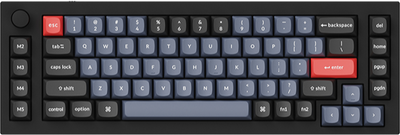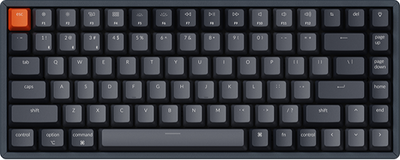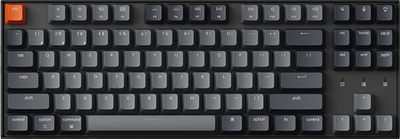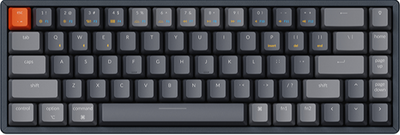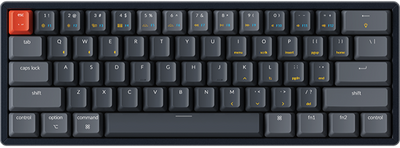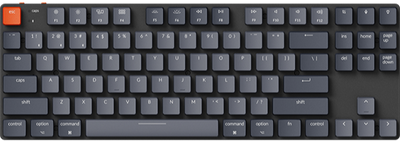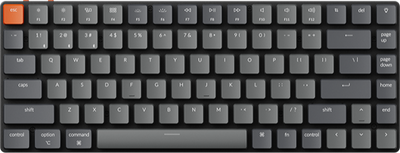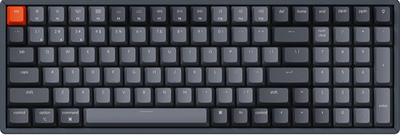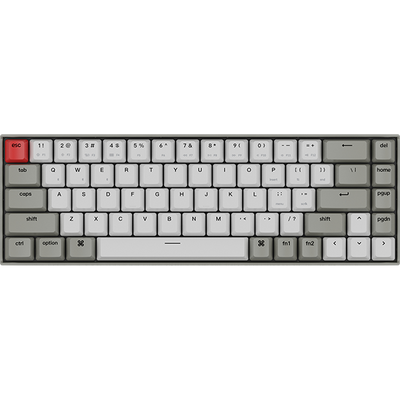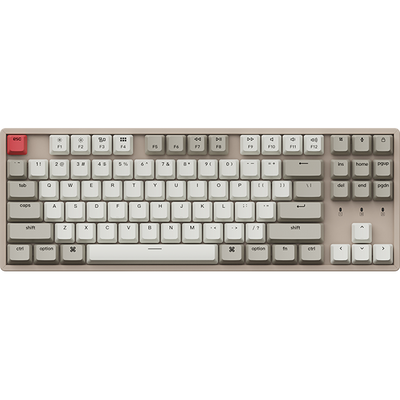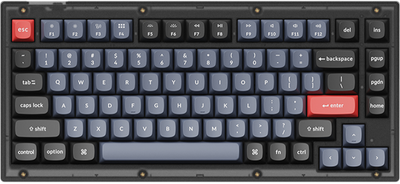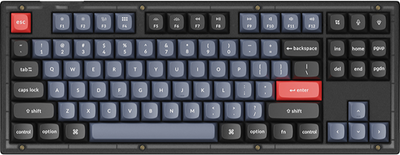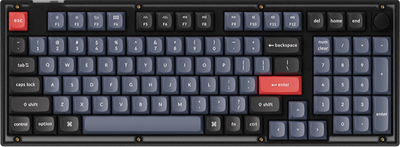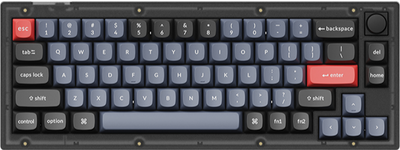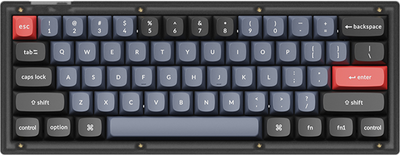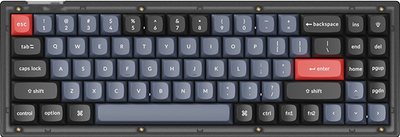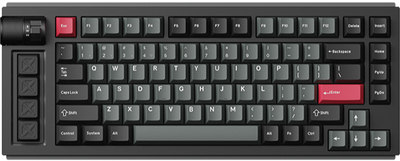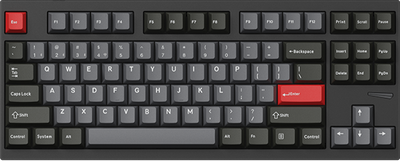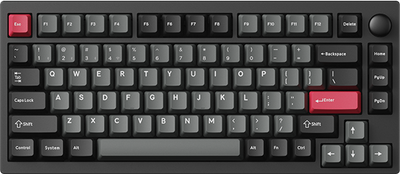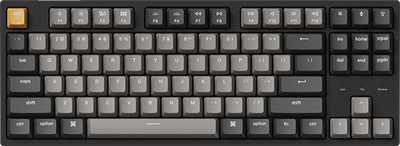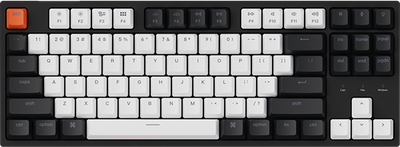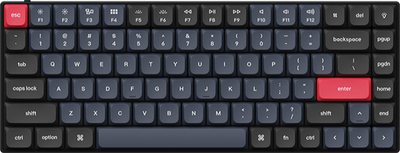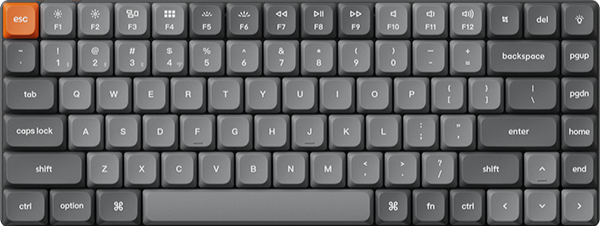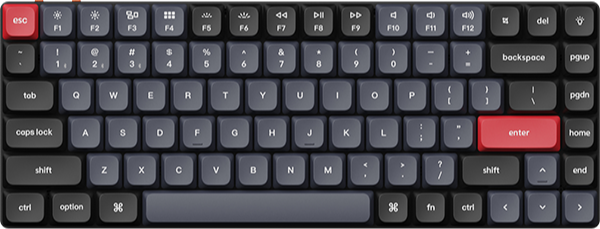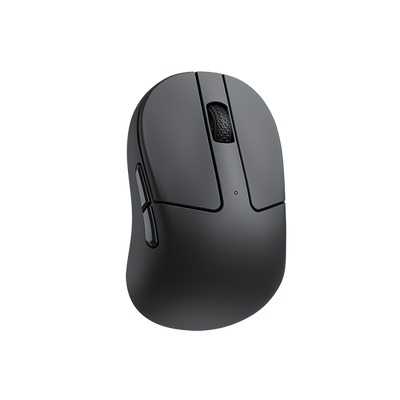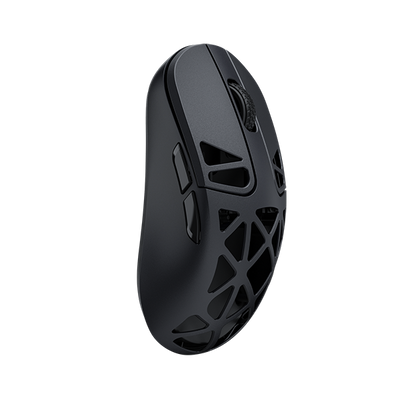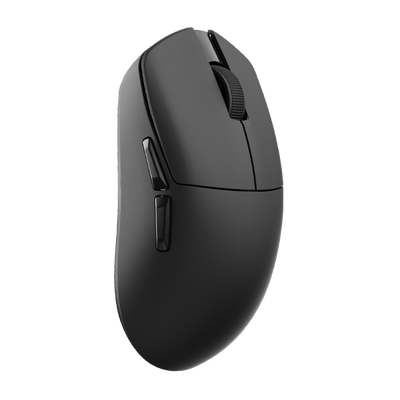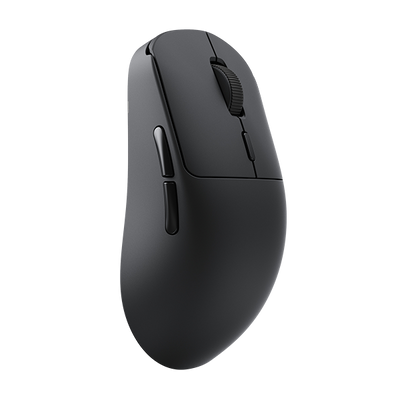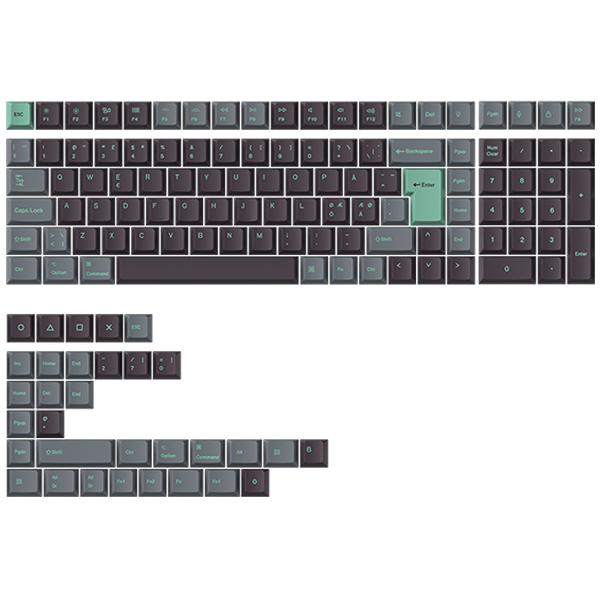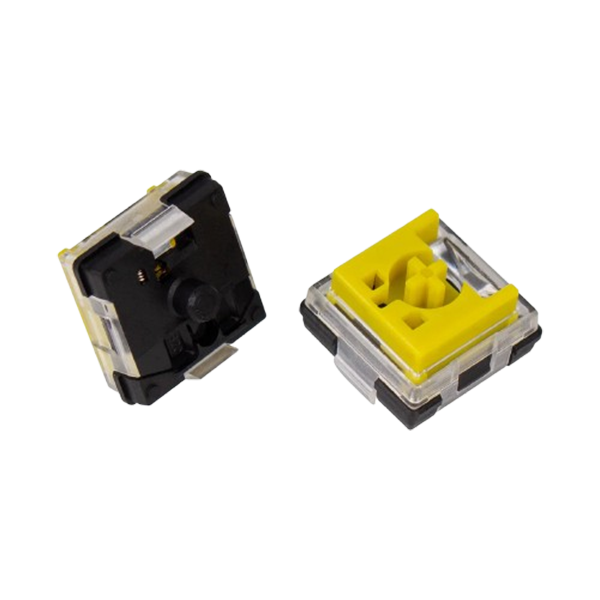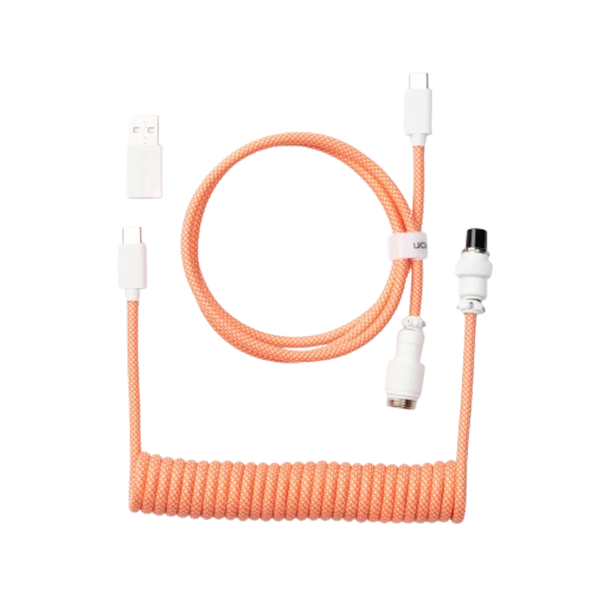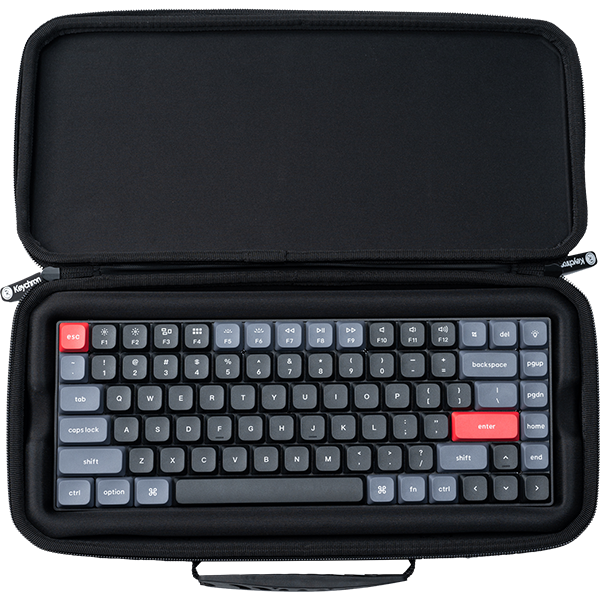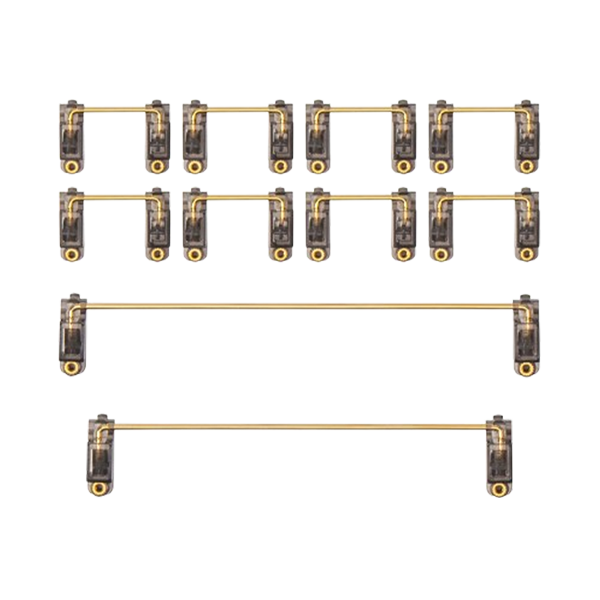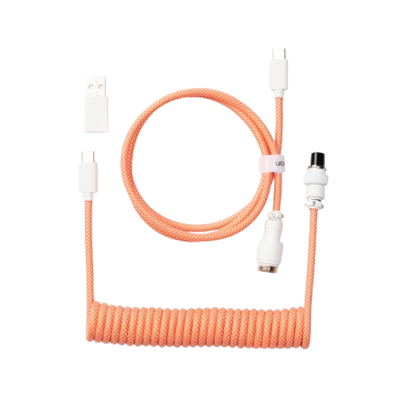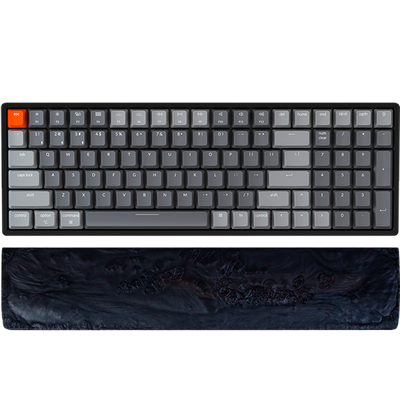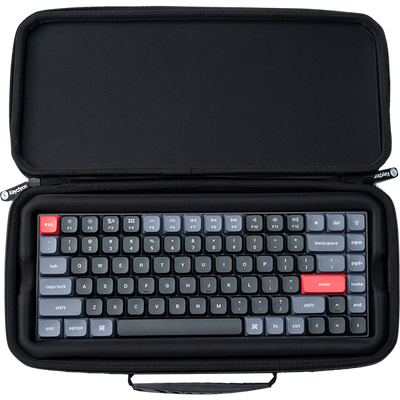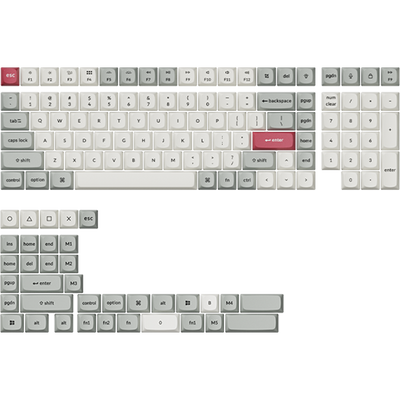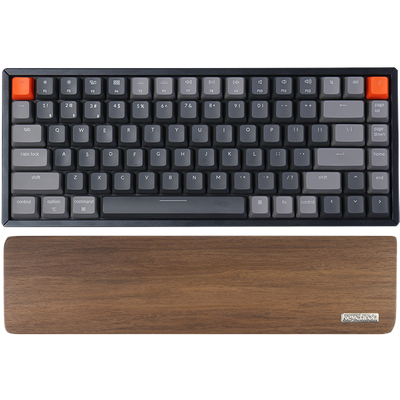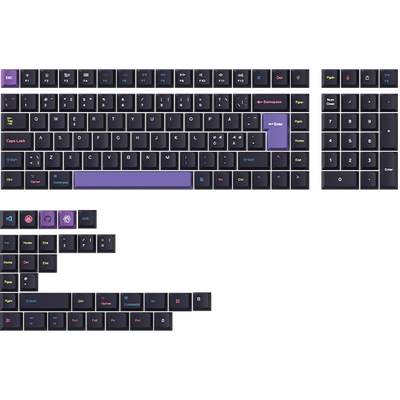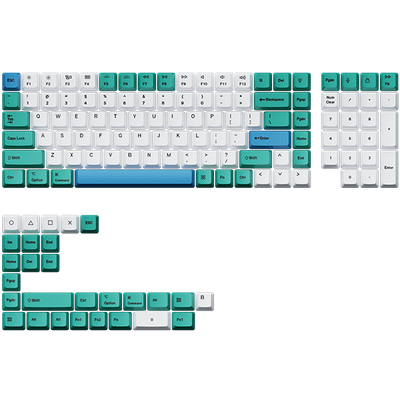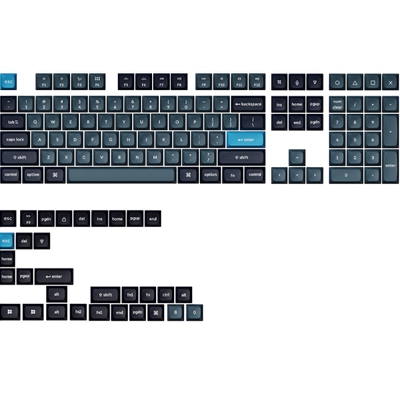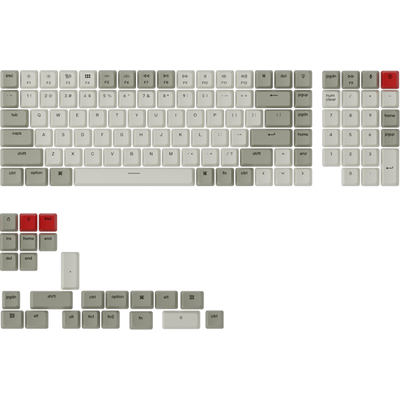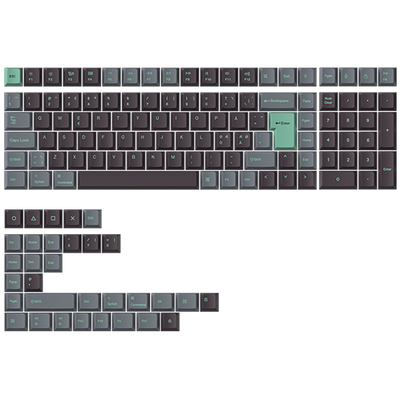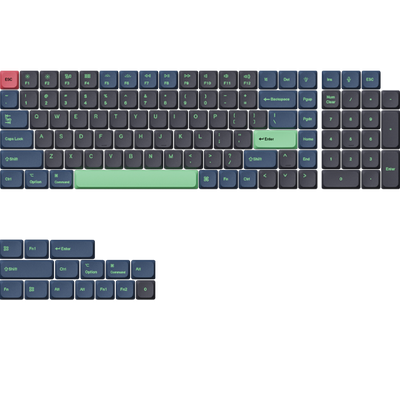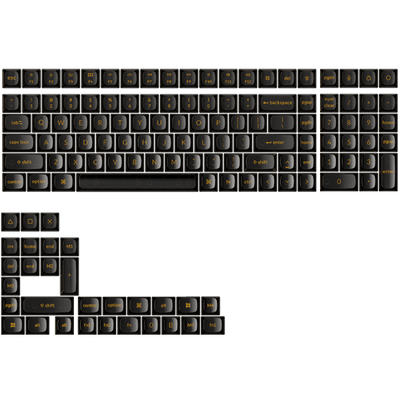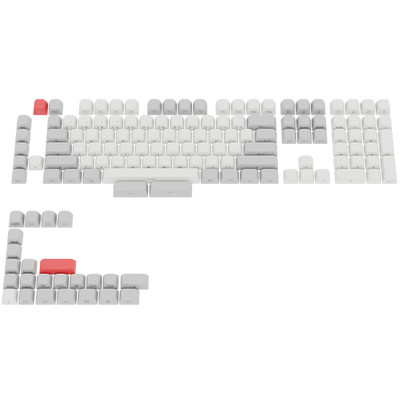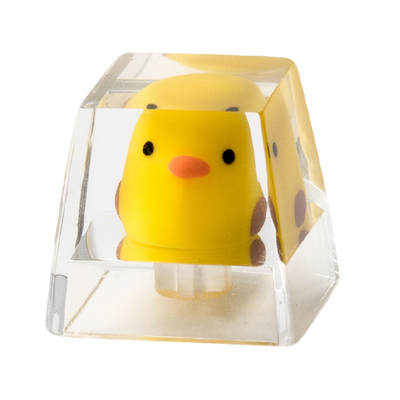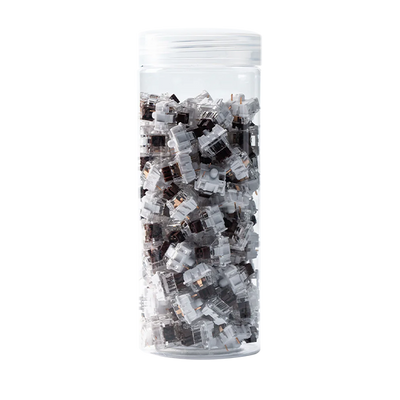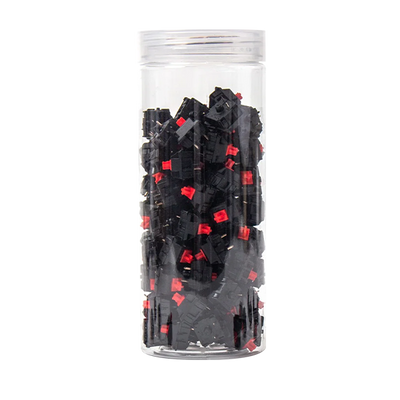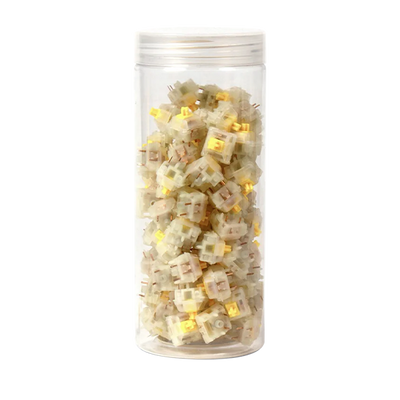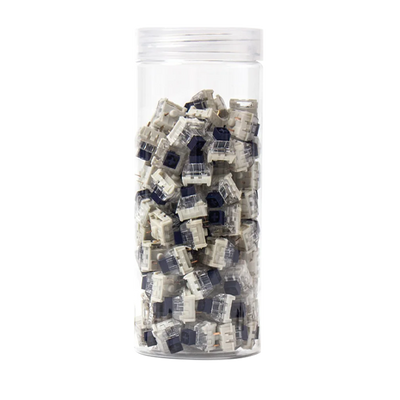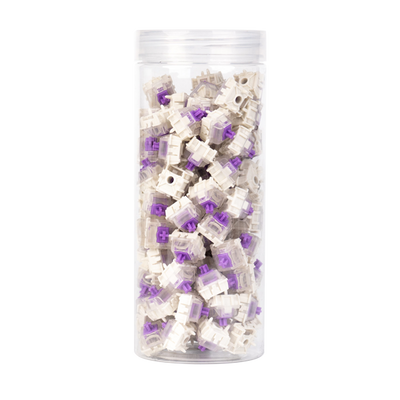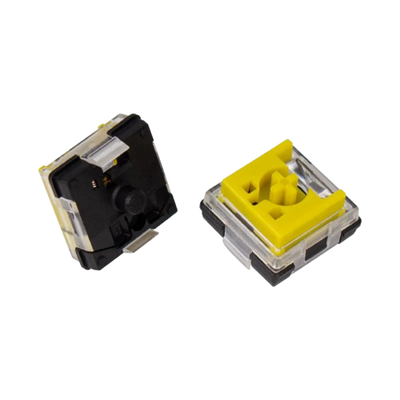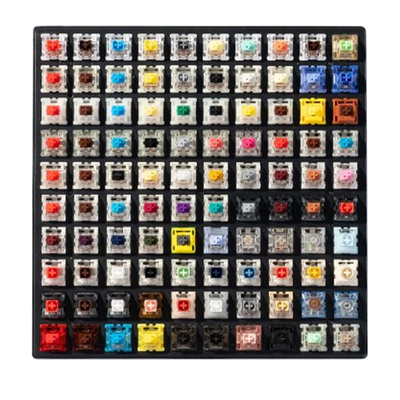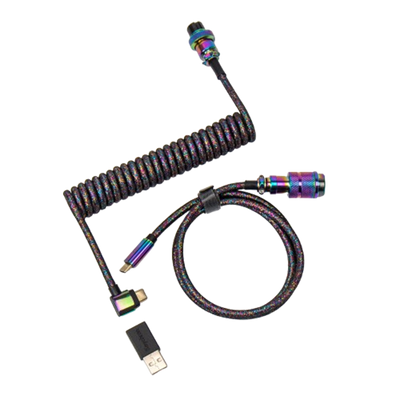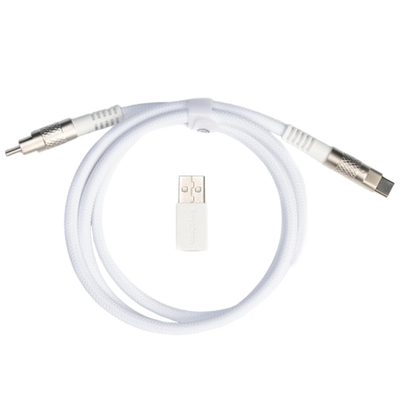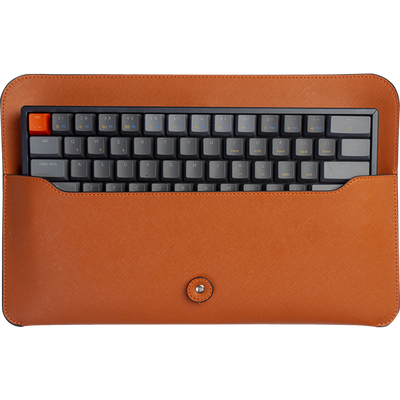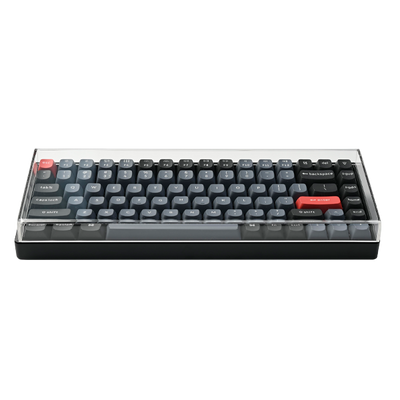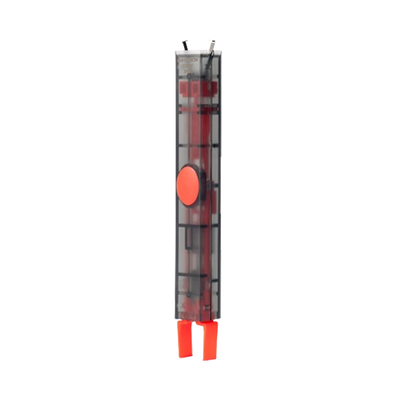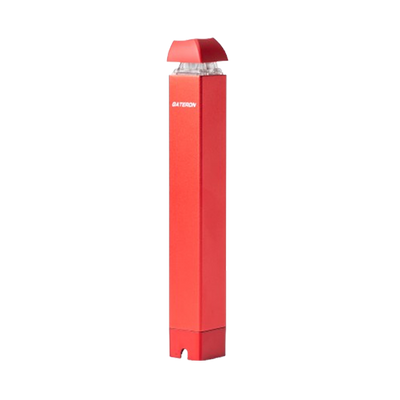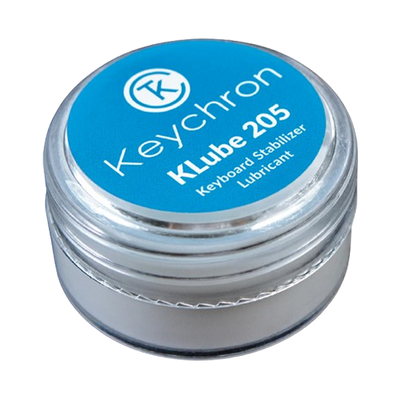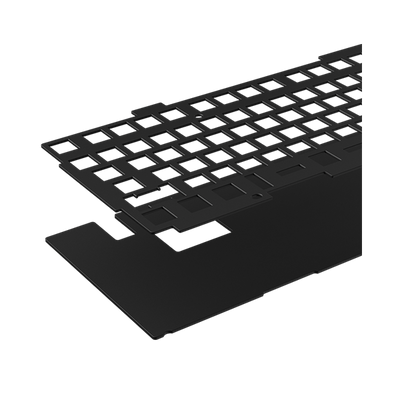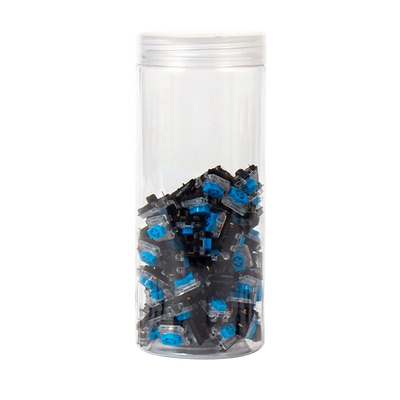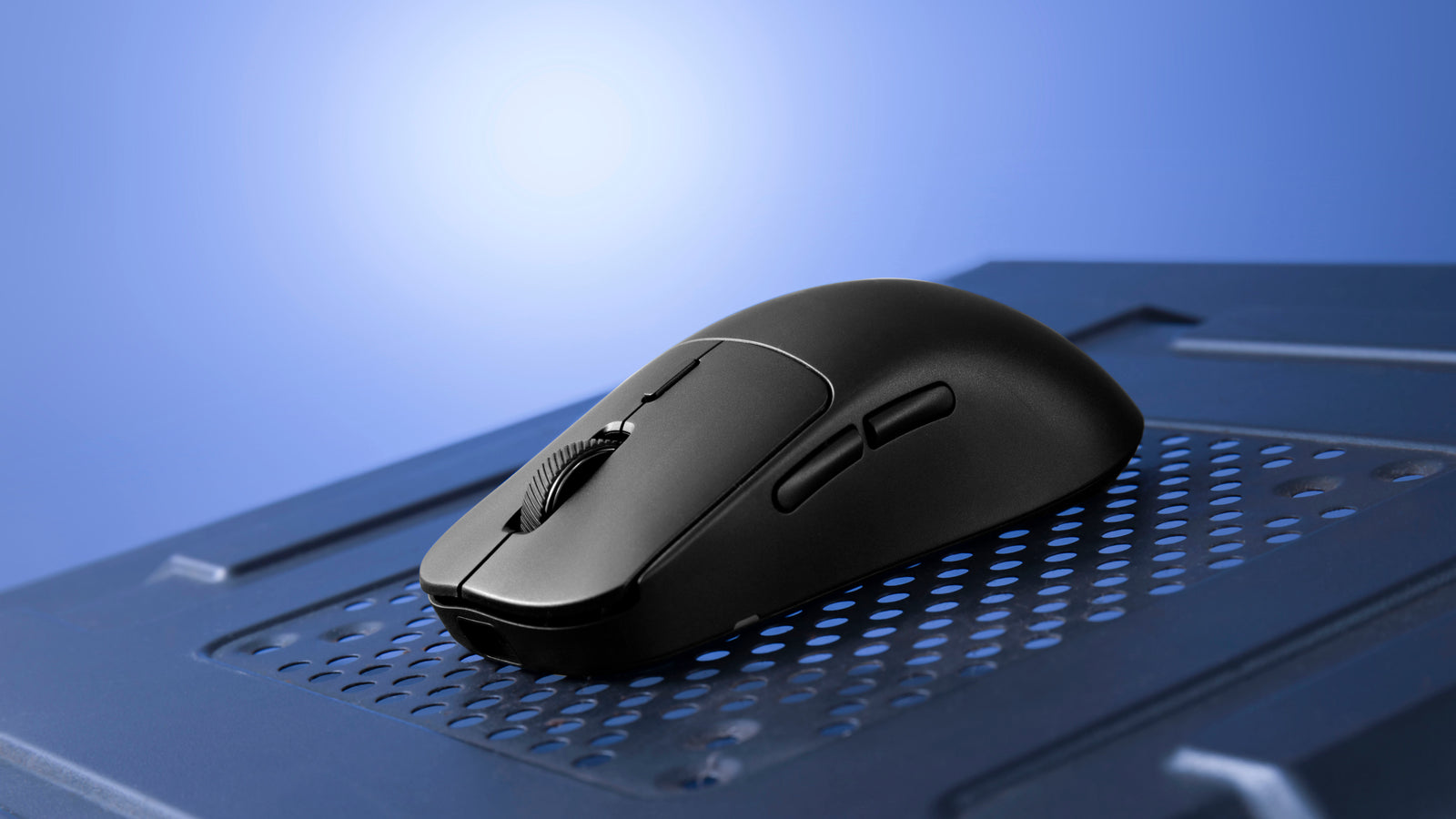Deciding between a laser vs optical mouse can make or break your gaming and work performance. The technology inside directly impacts precision, speed, and reliability—factors that serious players can't ignore.
Ever had your cursor skip right when lining up that perfect headshot? That's not bad luck—it's physics. The sensor technology powering your mouse creates real-world differences that affect everything from tracking accuracy to surface compatibility. This guide reveals how optical and laser technologies truly perform under pressure. For gamers and power users who demand peak performance, understanding these differences isn't just helpful—it's essential for dominating your game and optimizing your entire setup.
Ready to discover which mouse technology will actually give you the competitive edge? The answer might surprise even the most veteran players. Read on and find out.
Level up your aim with pro-grade optical precision. Lemokey G-Series mice deliver the flawless tracking serious players demand.
Laser vs Optical Mouse: How Do They Work?

The battle between optical and laser mice isn't just marketing fluff—it's about core tech that affects your gameplay. Each uses different light tech to track movement, and these differences can make or break your precision when it matters most.
How Does an Optical Mouse Work?
Optical mice rock an LED light that blasts the surface beneath your mouse. As you swipe and flick, a tiny camera sensor inside (called CMOS) snaps thousands of pictures per second of that surface.
The mouse's processor crunches these rapid-fire images in real-time, comparing them to detect your hand movements. This constant image analysis translates into cursor movement on your screen. Optical mice crush it on mousepads and standard desk surfaces but can struggle on glass or super-reflective surfaces that confuse the sensor. However, Keychron’s 8K version mice solve this issue with advanced sensor technology, ensuring smooth and precise tracking even on glass.
How Does a Laser Mouse Work?
Laser mice kick things up with an invisible infrared laser beam instead of the standard LED. This tech dives deeper, capturing microscopic surface details that optical sensors might completely miss.
This next-level sensitivity lets laser mice function on almost any surface—even glass and polished desktops that shut down optical mice. The trade-off? That extreme sensitivity sometimes backfires during precise movements, creating micro-jitters when you're trying to snipe or make pixel-perfect selections.
Quick Comparison: Optical vs Laser
Let's break down the key differences so you can see at a glance what separates these technologies:
|
Feature |
Optical Mouse |
Laser Mouse |
|
Light Source |
Visible LED |
Invisible infrared laser |
|
Surface Compatibility |
Mousepads, fabric, matte surfaces |
Almost any surface including glass |
|
Tracking Consistency |
More consistent, less jitter |
Can be more jittery on slow movements |
|
Gaming Performance |
Preferred by most pro gamers |
Less common in competitive gaming |
|
Precision |
Good precision on proper surfaces |
Higher sensitivity but sometimes too sensitive |
This head-to-head comparison shows why many competitive gamers lean toward optical technology despite laser's apparent advantages on paper.
Performance Metrics That Matter
Now that we know the basic tech differences, let's dive into the metrics that affect your gameplay and work efficiency. These specs determine whether your mouse feels like an extension of your hand or a frustrating roadblock.
Tracking Precision Comparison
Optical mice deliver consistent tracking at DPI ranges from 400 to 12,000—plenty for dominating most battlefields. DPI (dots per inch) essentially controls how sensitive your mouse feels when you move it.
Laser mice push those numbers higher, often exceeding 16,000 DPI. But here's the secret pro gamers know: sky-high DPI doesn't guarantee better performance. Laser sensors can introduce micro-jitters at higher settings that mess with your precision aim.
For gaming and design work where accuracy is king, optical sensors often win the consistency battle. They track with more predictable movement patterns and less acceleration inconsistency—critical when you're trying to land those pixel-perfect headshots.
Most quality gaming mice let you switch DPI on the fly, so you can dial in exactly what works for your playstyle.
Response Time and Latency
Polling rate is the spec that separates the pros from the casuals. It measures how often your mouse tells your PC where it is, measured in Hz. The higher, the better:
- 125 Hz: 8ms response (budget mice)
- 500 Hz: 2ms response (mid-range)
- 1000 Hz: 1ms response (gaming standard)
Both technologies can hit high polling rates, but gaming-focused optical mice typically make this a priority feature.
When you're competing at high levels, even milliseconds matter. That's why serious players obsess over minimizing input lag—the tiny delay between movement and on-screen reaction.
Surface Compatibility Analysis
Optical mice crush it on cloth mousepads and most regular desk surfaces, but they hit a wall when dealing with glass table tops and other highly-reflective and glossy surfaces.
Laser mice flex their versatility by working on virtually any surface—even that glass desk that looks awesome but kills most sensors. Their deeper surface penetration gives them this edge.
For setup hoppers who game or work on different surfaces, laser provides that go-anywhere flexibility. But if you're planted at a gaming station with a quality mousepad, optical delivers the consistent tracking that can make the difference in competitive situations.
Your playing surface dramatically affects both tracking quality and how long your mouse sensor will last—choose wisely.
Gaming Performance Face-Off

Let's get to what really matters for most of you—gaming performance. This is where the rubber meets the mousepad and where the differences between these technologies become crystal clear.
Accuracy in Fast-Paced Gaming
Optical mice dominate the competitive gaming scene for one simple reason: consistent tracking without the acceleration issues that plague laser sensors. When you flick your wrist to hit that crucial shot in CS or Valorant, an optical mouse delivers predictable movement every single time.
This consistency builds muscle memory—the secret weapon of every pro player. When your mouse moves exactly the same way during every firefight, your brain learns precisely how much to move to land those headshots.
While laser mice boast impressive DPI numbers (8000+), most pros actually use moderate settings between 400-3200 DPI. Why? Because control trumps sensitivity every time in high-pressure situations.
Sensor Reliability During Intense Use
When you're in the zone during an intense gaming session, the last thing you need is your mouse freaking out. Optical sensors excel on cloth mousepads, maintaining rock-solid tracking even during the most frantic swipes and flicks.
Laser mice are notorious for occasional "spin-outs" during rapid movements—those moments when your crosshair suddenly flies off in a random direction, usually right when you're about to clutch the round.
Hours-long gaming sessions heat up your equipment, and optical sensors maintain their performance even as temperatures rise. Modern gaming optical sensors have eliminated the problems that plagued earlier models, offering true 1:1 tracking with zero angle snapping or prediction.
Pro Gamer Preferences
The verdict from the pro scene is overwhelming—over 80% of esports professionals choose optical mice for tournament play. This isn't about brand loyalty; it's about raw, consistent performance when money and reputation are on the line.
FPS pros typically play with surprisingly low DPI settings (400-800) paired with large arm movements for maximum precision. You'll spot optical sensor mice throughout professional tournaments across multiple game genres.
Pro players also prioritize lighter mice (under 90g) for quicker reactions and reduced fatigue during marathon sessions. The combination of optical precision, lightweight design, and zero acceleration creates the perfect tool for competitive performance.
Dominate longer with zero hand fatigue. Our lightweight gaming mice pack optical precision in ultra-light builds for faster reactions when every millisecond counts.
Practical Everyday Considerations

Beyond pure gaming performance, your mouse needs to handle daily grind sessions without letting you down. Let's break down the practical stuff that affects your experience over months and years of use.
Durability and Longevity
Optical mice generally outlast their laser counterparts by a solid margin. With fewer complex components to fail, a quality optical mouse can serve you reliably for 3-5 years of intense gaming, while laser options typically tap out around the 2-4 year mark.
Your battle style affects durability too. Death-grip players who smash buttons during intense moments will wear out any mouse faster, but optical models generally withstand abuse better thanks to their simpler internal design.
Several factors determine how long your mouse survives:
- Build quality and materials
- How hard you game
- Dust and humidity in your battle station
- How often you rage-toss it after tough losses
Maintenance Requirements
Optical mice need significantly less babying than laser alternatives. Laser sensors act like dust magnets, requiring regular cleaning to maintain peak performance.
For laser mice, you'll need to break out the compressed air or microfiber cloth every few weeks to keep tracking smooth. Optical mice? Just clean them when they start acting weird—which happens far less frequently.
Wired mice sidestep battery headaches entirely, though cable wear becomes the long-term enemy after years of frantic swipes across your desk. For wireless models, keeping the receiver area clear of interference ensures consistent performance during critical gaming moments.
The occasional cleaning of mouse feet keeps both types gliding smoothly, but overall, optical mice let you spend more time gaming and less time maintaining your gear.
Laser vs Optical Mouse: Making Your Choice

Now that we've broken down all the tech specs and real-world performance, let's cut to the chase about which mouse tech actually belongs in your setup.
When Optical Mice Shine
As we've seen throughout our deep dive, optical mice crush it in several key areas:
- Consistent tracking on cloth mousepads without the jitter
- Zero acceleration issues that throw off your aim
- Battery life that keeps going when laser mice tap out
- Way less maintenance—because who has time for that?
For serious gaming where every pixel-perfect flick matters, optical delivers that raw, predictable performance that builds muscle memory. When you're in that clutch 1v4 situation, the last thing you need is your mouse throwing random acceleration into the mix.
If you've been rage-quitting because of cursor jitter from an overly sensitive mouse, switching to optical will likely solve that headache while still giving you all the precision you actually need.
Ideal Use Cases for Optical Technology
Optical mice absolutely dominate for:
- Competitive gaming with a proper mousepad setup
- Creative work where pixel-perfect precision matters
- Gamers who want solid performance without breaking the bank
- Anyone tired of babysitting their peripherals
We've established that optical's lack of acceleration makes it the go-to for applications requiring absolute precision. Whether you're hitting impossible shots in an FPS or making those tiny adjustments in your creative projects, optical tracking just works.
For most battle stations with standard desks or mousepads, optical tech delivers everything you need without the downsides we covered with laser sensors. You'll deal with fewer tracking glitches and enjoy way longer battery life in wireless models.
Future Trends in Mouse Technology
The mouse game keeps evolving with some sick developments on the horizon:
- Next-gen sensors that combine optical reliability with laser versatility
- Wireless performance that even competitive players can't complain about
- Shapes and designs that actually fit different grip styles
- Smart mice that adapt to what you're doing in real-time
As we've tracked throughout this comparison, the sensor tech gap keeps closing, with today's optical sensors working on more surfaces than ever. Instead of chasing meaningless DPI numbers, manufacturers are focusing on perfecting the optical experience where it counts.
The future belongs to mice that adapt to your playstyle—automatically adjusting sensitivity based on whether you're sniping, tracking, or flicking. Smart tech that works with you instead of getting in your way.
Crush competition in comfort. Our ergonomic gaming mice combine optical accuracy with designs engineered for victory during the longest gaming marathons.
Conclusion on Laser vs Optical Mouse
After breaking down the tech behind these mice, optical comes out on top for most gamers and serious users. The consistent tracking, zero acceleration issues, and lower maintenance requirements make optical the clear winner for competitive play. At Keychron, our premium optical mice collection provides users with various options for ergonomics, aesthetics, and features.
Laser mice still have their niche—particularly for glass desks or highly reflective surfaces—but optical technology delivers where it matters most for dedicated setups.
Today's optical sensors have overcome their old limitations while keeping the reliability that made them favorites among pro gamers.
When picking your next mouse, focus on sensor consistency rather than inflated DPI numbers. A reliable 3200 DPI optical mouse beats an unstable 16000 DPI laser option every time.
Ready to level up your gaming rig? Check out our guide to the best lightweight gaming mice to find the perfect speed-precision balance for your play style.
Frequently Asked Questions
Choosing between optical and laser mice involves understanding their key differences in technology, performance, and suitability for various tasks. The following questions address common concerns when deciding which type of mouse is right for your needs.
Which is better optical or laser mouse?
For most users, especially gamers, optical mice win with their accurate tracking and minimal acceleration issues. Laser mice excel on more surfaces including glass, making them versatile for travel or unconventional workspaces. Your choice depends on priorities: optical for gaming precision, laser for surface versatility.
What are the advantages of optical mouse?
Optical mice deliver true 1:1 tracking with minimal acceleration for precise cursor movement that matches your hand perfectly. They typically cost less than comparable laser options while offering better performance for most users. They consume less power (ideal for wireless use) and track flawlessly on mousepads without the jitter issues that plague laser sensors.
How long does an optical mouse last?
Quality optical mice typically survive 3-5 years of regular gaming and work use. The buttons usually fail before the sensor, with most rated between 10-50 million clicks depending on quality. Regular cleaning and careful handling can significantly extend your mouse's lifespan.
How do I know if my mouse is laser or optical?
Flip your mouse over—optical mice show a visible red or blue LED light, while laser mice use an invisible infrared laser. Check your product specs or packaging, which will clearly state the sensor technology used. Modern optical mice sometimes use different colored LEDs, but you'll always see visible light unlike with laser sensors.
Why is it called optical mouse?
It's called optical because it uses light and a tiny camera to detect movement, replacing the mechanical ball system of older mice. The optical sensor captures thousands of surface images per second and compares them to determine movement direction and distance. This imaging system revolutionized mouse technology with superior reliability and precision.
Is an optical sensor good for gaming?
Optical sensors are exceptional for gaming, which is why most pro players choose them for tournaments. They deliver consistent 1:1 tracking without acceleration issues, creating the predictable movement essential for competitive play. Modern gaming optical sensors offer high DPI and polling rates, providing all the speed and precision serious gamers demand.


